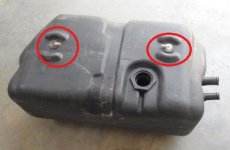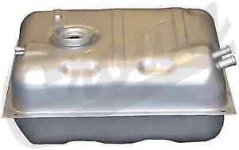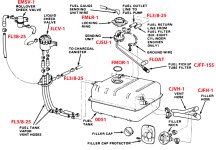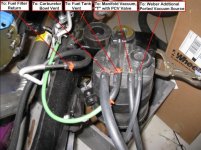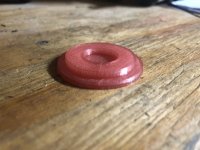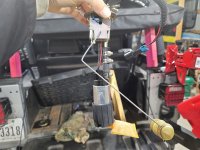Body Fuel line and vapor line routing question
AndyCJ7
Jeeper
I have a 1985 CJ with a 258 I6 and T5 trans. A previous owner has removed the fuel vapor return and fuel supply lines and replaced them both with rubber lines. I've ordered steel replacement lines and would like to use steel lines wherever possible for obvious reasons. Can someone please share a few pics of how these two lines are routed on a stock-ish CJ7?

